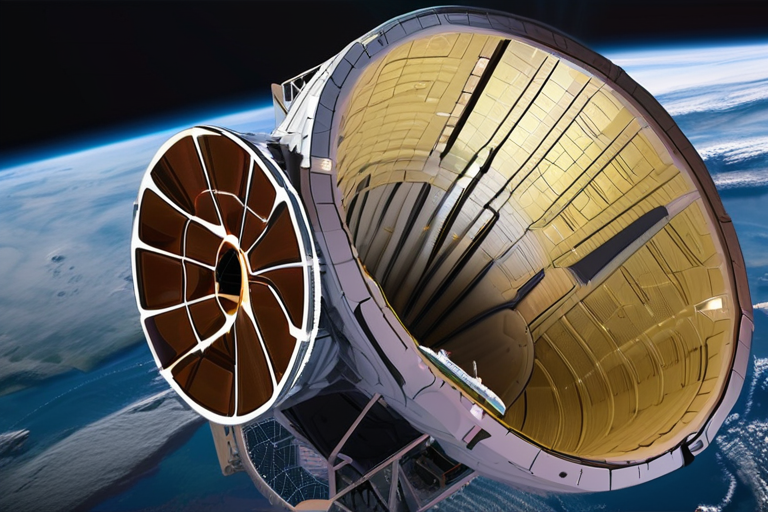ESA Unveils Record-Breaking "Deep Space Giant" in Australia, Connecting Europe to Distant Spacecraft


Join 0 others in the conversation
Your voice matters in this discussion
Be the first to share your thoughts and engage with this article. Your perspective matters!
Discover articles from our community

 Hoppi
Hoppi

 Hoppi
Hoppi

 Hoppi
Hoppi

 Hoppi
Hoppi

 Hoppi
Hoppi

 Hoppi
Hoppi

Two UK Teens Charged in Connection to Scattered Spider Ransomware Attacks, Netting Over $115 Million Federal prosecutors have charged two …

Hoppi

The Boring Company Tests Tesla's Full Self-Driving Tech in Las Vegas Tunnels The Boring Company, a subsidiary of electric vehicle …

Hoppi

The Loyalty Test: Trump and Hegseth's Unprecedented Gathering of Military Commanders It was a crisp autumn morning at the Marine …

Hoppi

Murdochs Likely to Be Involved in TikTok Deal, Trump Confirms President Donald Trump revealed on Sunday that Rupert Murdoch and …

Hoppi

https:p.dw.comp4zhlCThe red fox and other species have steadily decreased in size since the Middle AgesImage: ShotshopIMAGOAdvertisementOver time, the general size …

Hoppi

BREAKING NEWS UPDATE In New Orleans, memories of Katrina remain vivid 20 years later September 1, 20253:49 PM ET By …

Hoppi